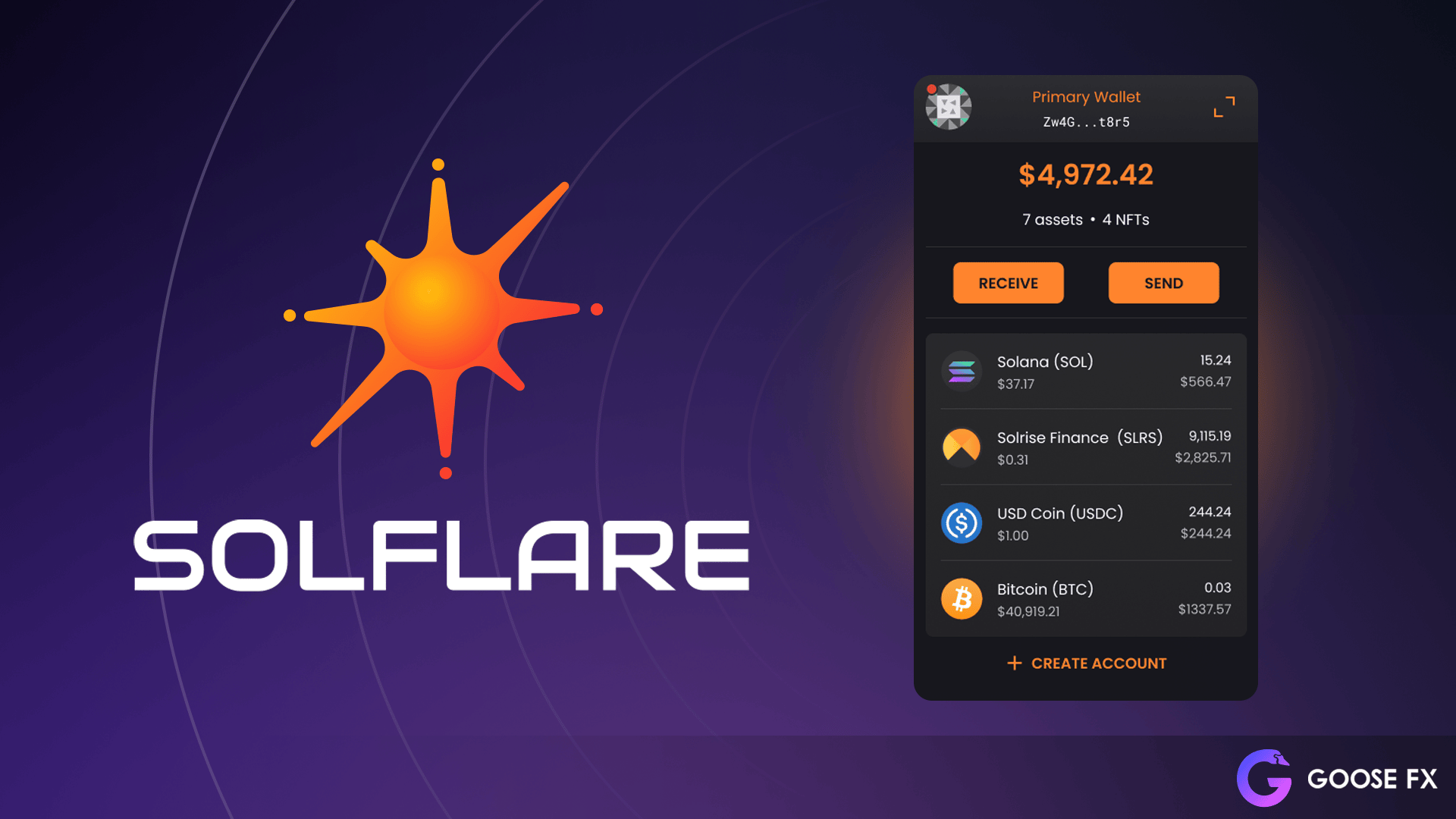Ever dived into your Solana wallet and suddenly felt like you’ve stumbled into a maze? Yeah, me too. SPL tokens, NFTs, validators—they all swirl together in this complex dance that’s both exciting and, well, kinda confusing at times. Seriously, when I first started messing around with SPL tokens, I thought it would be straightforward. But nope. It’s like trying to juggle flaming torches while riding a unicycle.
Here’s the thing. The Solana ecosystem moves fast, and keeping your assets secure while staking or trading requires more than just clicking buttons. You gotta understand what’s under the hood—especially when it comes to picking the right validator or managing your NFTs. That’s where wallets like the solflare wallet come into play.
On one hand, wallets provide a neat interface; on the other, they’re your frontline defense. I remember one time when I accidentally delegated my stake to a validator that was super unreliable—lost some rewards, and it stung. My instinct said “double-check everything,” but I was too eager. Lesson learned.
Managing SPL tokens isn’t just about storage. It’s about interaction, staking, and sometimes, a bit of detective work. For example, the way SPL tokens are structured allows for a lot of flexibility, but that flexibility can also lead to confusion—especially when tokens have similar names or symbols. I’ve had moments where I almost sent tokens to the wrong address because I wasn’t paying close enough attention. Yikes.
Wow! That’s why I’m always telling folks: get comfortable with your wallet interface and spend time learning validator reputations before staking. Trust me, it pays off.
Now, NFTs in the Solana world are another beast. Unlike on Ethereum, where gas fees can be a dealbreaker, Solana’s low fees make minting and trading NFTs smooth and affordable. But hold up—low fees don’t mean low risk. NFTs still require secure handling, especially when linked to real value or collectibles. I’ve seen people lose access because they didn’t backup their wallet properly. So yeah, backup is very very important.
And here’s something that bugs me: many users overlook the subtle differences in NFT standards on Solana. Some NFTs are just SPL tokens with metadata, while others have additional layers for interactivity or royalties. It’s easy to get tangled up if you’re not careful. I’m not 100% sure everyone appreciates how this affects long-term value or compatibility.
Validator selection—oh boy, that’s a whole saga. You might think, “Just pick the one with the highest rewards, right?” Nope. Not always. Some validators might offer juicy returns but have a history of downtimes or missed blocks. Others might charge lower fees but be less reliable. It’s a classic trade-off.
Initially, I thought the biggest factor was rewards. But after tracking validator performance over months, I realized uptime and community trust matter way more. Actually, wait—let me rephrase that—consistency in performance often trumps occasional spikes in rewards. Especially if you’re staking sizable amounts.
Check this out—here’s a snapshot of validator stats I was reviewing last week. Notice how some validators with moderate fees consistently outperform those promising high returns but with spotty histories.

Okay, so when you’re ready to dive in, the solflare wallet really shines. It gives you direct access not just to your SPL tokens and NFTs but also to staking tools and validator info all in one place. It’s like having a Swiss Army knife for Solana assets.
One quirky thing I noticed: solflare wallet’s UI sometimes nudges you to explore lesser-known validators, which is both a blessing and a curse. On one hand, it encourages decentralization; on the other, newbies might accidentally pick validators without fully vetting them. So, a little caution goes a long way.
Something felt off about the way some DeFi apps integrate with wallets though. I had to reconnect my solflare wallet multiple times due to session timeouts or weird errors. Not a dealbreaker, but somethin’ to keep in mind if you’re hopping between apps.
Anyway, the deeper you get, the more you realize there’s no one-size-fits-all approach. Your staking strategy might differ based on risk tolerance, token allocation, or even your NFT collection goals. I’m biased, but I like to spread my stakes across validators I’ve personally researched rather than chasing the highest yield blindly.
Oh, and by the way, the whole experience of managing SPL tokens and NFTs got me thinking about how crucial education is. Without a solid grasp on wallet safety, token standards, and validator reputations, you’re basically navigating without a map. And who wants that?
Here’s a question I keep asking myself: how will the wallet experience evolve as Solana scales? Will we see smarter, AI-driven validator recommendations? Or better NFT management tools that make it easier for casual users? I guess time will tell, but for now, patience and vigilance remain key.
So if you’re stepping into this space, start by getting comfortable with your wallet. Seriously, the solflare wallet is a solid choice for this. It balances ease-of-use with enough depth for power users, making it easier to handle SPL tokens, manage NFTs, and select validators without feeling overwhelmed.
Honestly, it’s a bit like learning to ride a bike on a windy day—there will be bumps, some falls, but once you get the hang of it, the ride’s pretty exhilarating. And who knows? Maybe down the line, you’ll look back and laugh at how complicated it all seemed at the start.



Leave a reply